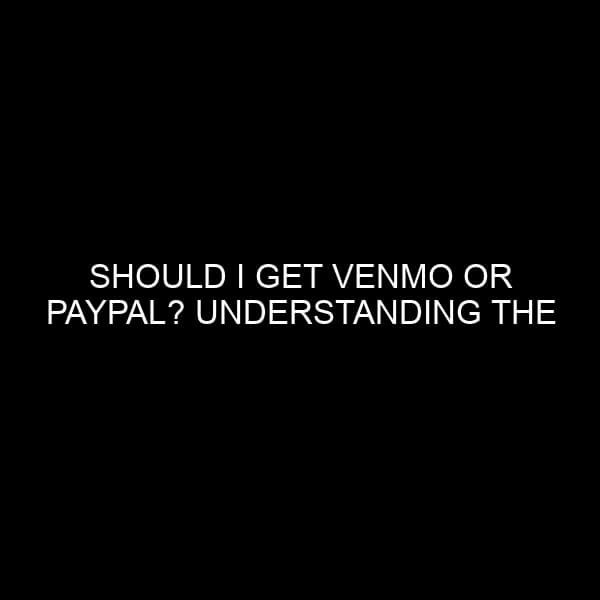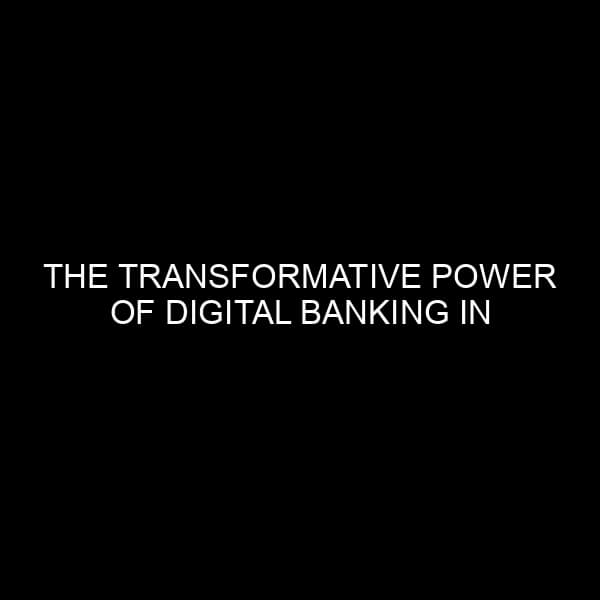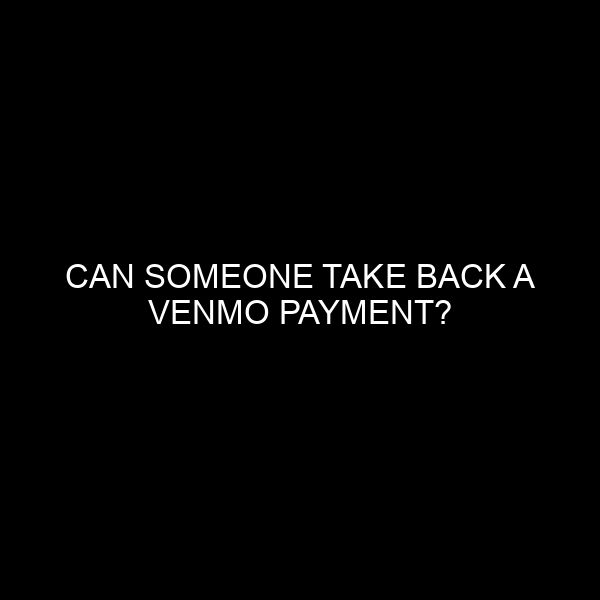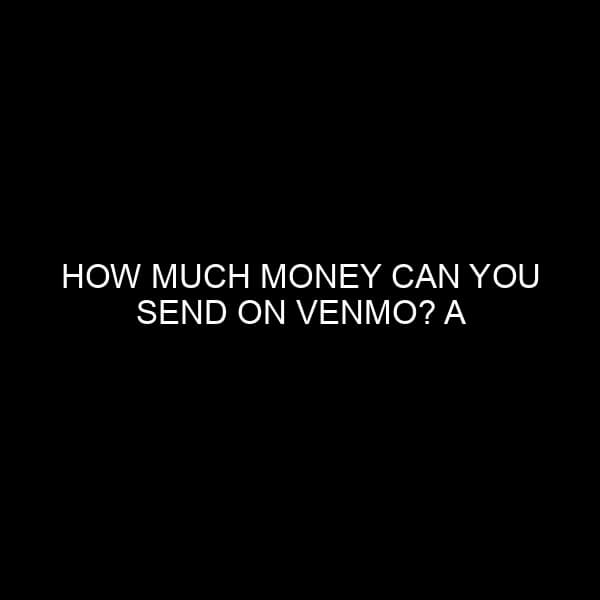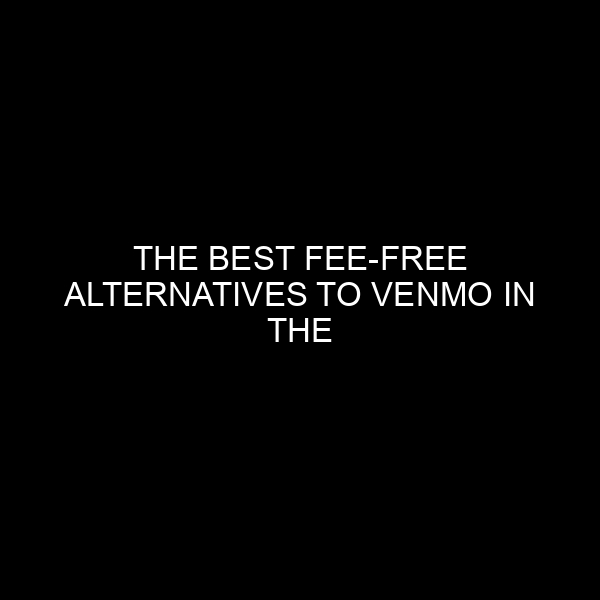Should I Get Venmo or PayPal? Understanding the Two Giants of Digital Payments
In today’s digital age, choosing a reliable platform for online transactions is more crucial than ever. Venmo and PayPal, two of the most renowned payment platforms globally, often come up in the debate when individuals and businesses are seeking the best digital payment solution. Having worked in the financial market and banking sector for years, I have witnessed the rise and evolution of these platforms. In this article, we’ll dive deep into the nuances, advantages, and disadvantages of Venmo and PayPal, allowing you to make an informed choice tailored to your needs.
A Brief History
Before diving into the specifics, it’s imperative to understand where these platforms originated.
PayPal: The Pioneer
Founded in December 1998, PayPal began its journey under the moniker “Confinity”. Initially designed for security software for handheld devices, it soon shifted its focus to become a money transfer service in 1999. Later, in March 2000, Confinity merged with X.com, an online banking company led by Elon Musk. A year after, X.com was renamed PayPal, and the rest is history.
Venmo: The Social Payment App
Venmo started its journey a decade later in 2009 when two roommates, Iqram Magdon-Ismail and Andrew Kortina, felt the need for a simple solution to split bills and other expenses. In 2013, Braintree acquired Venmo, and a year later, PayPal acquired Braintree, effectively making Venmo a subsidiary of PayPal.
Features and Benefits
PayPal: Versatility at Its Best
- Global Reach: PayPal is available in over 200 countries, making it ideal for international transactions.
- Business-Friendly: With tools like “PayPal for Business”, companies can send invoices, accept credit cards, and manage their transactions seamlessly.
- Buyer Protection: One of PayPal’s standout features is its robust buyer protection policy, safeguarding users from potential scams.
Venmo: Making Payments Social
- Social Feed: Venmo’s unique feature is its social transaction feed, allowing users to share (or keep private) their payments and comments.
- Quick Transfers: Money sent via Venmo can be transferred to your bank account typically within one business day.
- Mobile-First: Venmo focuses on the mobile experience, making it easy for on-the-go payments among friends.
Security Measures
The security of financial transactions is paramount.
PayPal
PayPal is often lauded for its advanced security features, including data encryption and fraud prevention measures. Its long-standing reputation in the industry also adds to its trustworthiness.
Venmo
Being under the PayPal umbrella, Venmo also benefits from strong security protocols. However, users should be cautious about sharing transaction details on the social feed to maintain privacy.
Costs and Fees
Nothing is truly free, especially in the digital banking world.
PayPal
- Sending Money: Free when using a PayPal balance or linked bank account for personal transactions within the U.S.
- Receiving Money for Goods/Services: Merchants are charged a fee.
- International Transactions: Fees apply and vary depending on the country.
Venmo
- Sending Money: Free for payments funded by Venmo balance, bank account, or major debit cards.
- Instant Transfer: A 1% fee (min $0.25, max $10) is charged if you want to transfer your Venmo balance to your bank instantly.
- Receiving Money for Goods/Services: There’s a fee for merchants, similar to PayPal.
Which One Is Right For You?
Deciding between Venmo and PayPal boils down to your needs:
- Personal Use: If you frequently split bills with friends or enjoy a more social way of handling transactions, Venmo might be the right choice.
- Business Use: If you run a business or deal with international clients, PayPal’s business tools and global reach make it more suited.
- Security-Conscious: Both platforms offer robust security features, but if you want a more tried-and-tested platform with a longer track record, PayPal might be preferable.
Conclusion
While both Venmo and PayPal come with their unique strengths, your specific needs and preferences will determine the best platform for you. The global reach and business-friendly tools of PayPal make it a favorite for many businesses and international users. In contrast, Venmo’s social aspect and user-friendly interface appeal to younger generations and those who prioritize quick peer-to-peer transactions. Whichever you choose, always prioritize security and stay updated with the latest features and terms of use.
